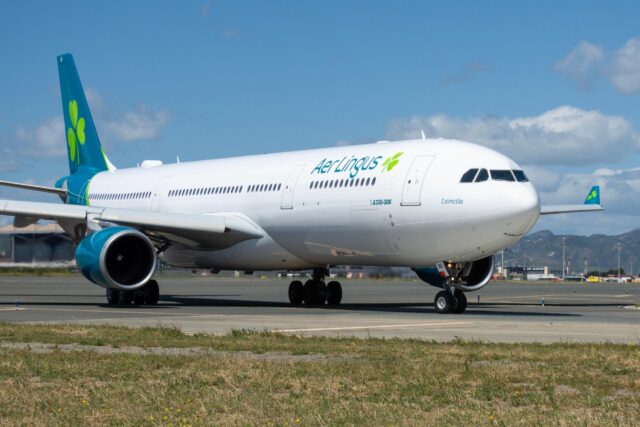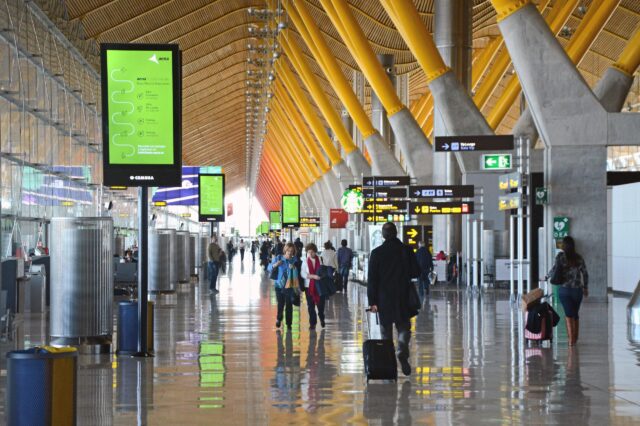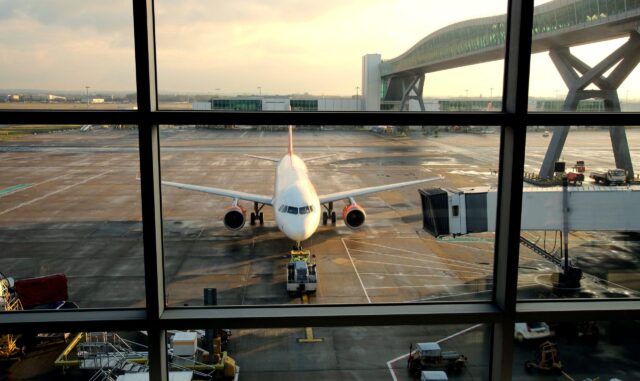NATO announces new Combined Air Operations Centre for the High North

The CAOC serves as a command-and-control facility responsible for the co-ordination of airspace surveillance, as well as the planning and execution of military air operations. With the CAOC at Reitan, NATO will have a stronger and more effective military presence in the High North. Norway’s Minister of Defence said that this will strengthen Norway’s overall defence. “The dialogue with NATO and the Chief of Defence’s military advice have played a significant role in our decision to propose Reitan as location for a new NATO CAOC,” he said.
NATO’s Combined Air Operations Centres (CAOCs) are responsible for planning, directing, tasking, co-ordinating, supervising and supporting air operations by allocated assets in peace, crisis and conflict, operating within the NATO Integrated Air Defense System (NATINADS) framework.
The CAOCs are subordinate to NATO’s Allied Air Command (AIRCOM), but stand above Control and Reporting Centres, national airspace control centres and Regional Airspace Surveillance Coordination Centres (RASCC) such as BALTNET.
The CAOCs are appropriately located to cover NATO’s entire European airspace, from northern Norway to southern Italy.
Sensor (radar) posts are connected to feed into the Combined Air Operations Centres’ Recognized Air Pictures, allowing them to monitor all up to 30,000 air movements in European NATO airspace each day.
The CAOCs are routinely tasked with executing NATO’s Air Policing mission, co-operating closely with Control and Reporting Centres, National Air Policing Centres and dedicated Quick Reaction Alert air bases across their respective areas of regional responsibility.
Quick Reaction Alert Interceptor aircraft stand ready to launch at their dedicated air bases, scrambling on the Combined Air Operations Centres’ orders to investigate unclear or potentially unsafe situations and to visually identify unknown aircraft.
There were once ten numbered CAOCs in NATO, CAOC 1 at Finderup in Denmark, CAOC 2 at Uedem in Germany, CAOC 3 at Reitan in Norway, CAOC 4 at Meßstetten in Germany, CAOC 5 at Poggio Renatico Air Base in Italy, CAOC 6 at Eskişehir in Turkey, CAOC 7 at Larissa in Greece, CAOC 8 at Torrejon Air Base in Spain, CAOC 9 at RAF High Wycombe in the United Kingdom, and CAOC 10 at Lisbon in Portugal.
In 2008, CAOC 2 and CAOC 4 were replaced by CAOC Uedem and Deployable CAOC Uedem, while CAOC 1, CAOC 3, and CAOC 9 were replaced by CAOC Finderup. CAOC Finderup and DCAOC Uedem subsequently transferred their responsibilities to CAOC UE in 2013, leaving the German-based CAOC with responsibility for air operations north of the Alps.
In the south of Europe, change came in 2013, when CAOC 5 was replaced at the same location by a new Deployable CAOC (Deployable Air Command and Control Centre DACCC PR), while CAOC 6, CAOC 7, CAOC 8 and CAOC 10 transferred their responsibilities to CAOC TJ at Torrejon Air Base, responsible for air operations south of the Alps.
Until the new northern CAOC stands up, CAOC Uedem will remain responsible for all Air Policing matters in NATO Airspace in Northern Europe above the Alps. This includes control of NATO’s Baltic Air Policing operation, where contributing nations take turns in providing Quick Reaction Alert forces for the three Baltic NATO members Lithuania, Latvia and Estonia; as well as for NATO’s periodic Air Policing and Surveillance mission to Iceland. CAOC Torrejón is responsible for European NATO airspace south of the Alps, and is responsible for some of NATO’s special Air Policing arrangements, such as Air Policing over Albania, Montenegro, North Macedonia and Slovenia, and for Enhanced Air Policing in Romania.
















